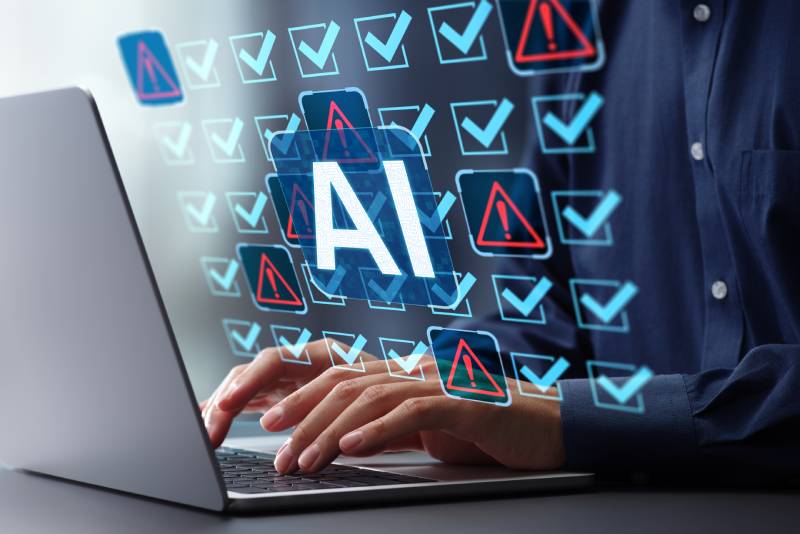Artificial intelligence (AI) and automation are transformative forces in the realm of cybersecurity. AI-driven tools enable teams to identify threats more rapidly, integrate data across various systems, and even automate response actions during incidents. Platforms such as XDR (Extended Detection and Response) gather insights from endpoints, cloud services, email, and identity systems, all enhanced through machine learning. However, this surge in efficiency presents a subtle risk: over-reliance. While AI and automation are crucial, excessive dependence on them can introduce new vulnerabilities, diminish human preparedness, and create blind spots in defenses.
The Allure of Complete Automation
It’s understandable why teams increasingly opt for automation. With an expanding attack surface, constrained resources, and rising threats, the lure of “AI to the rescue” is compelling. Contemporary tools can sift through millions of data points within seconds, spot anomalies that might elude human analysts, and even initiate defined procedures to mitigate threats before many have even started their day. However, the effectiveness of automation is contingent on the quality of data it processes; AI does not think like a human. It lacks the intuition, situational context, and ethical considerations that a seasoned analyst possesses. If we treat AI as infallible or let automated systems make security decisions without supervision, we risk jeopardizing the security we aim to bolster. It is crucial to identify a balanced approach that maximizes both human and artificial intelligence.
Enhancing Outcomes: The Harmony of AI and Human Collaboration
Consider a practical scenario demonstrating how an AI-enhanced XDR platform, in conjunction with a human analyst, yields superior results compared to automation alone.
Case Study: A Multi-Vector Attack
The AI-powered XDR identifies an unusual login pattern: the same user logs in from Romania and then Japan within just minutes. Concurrently, the user’s device executes a PowerShell script attempting to disable endpoint protections—a common “Living Off the Land” (LOTL) tactic. The XDR platform synthesizes these details, constructing a cohesive incident narrative automatically. Utilizing MITRE ATT&CK tactics, threat intelligence, and the sensitivity of the system (the device belongs to a finance manager), the alert is categorized as high risk.
Automated Containment and Human Insight
The AI system then initiates a set of pre-approved responses, such as isolating the device from the network, blocking the malicious IP, and suspending the user’s session. Following this, the AI-powered XDR notifies a security analyst with a complete attack timeline, indicators of compromise, and a detailed impact analysis. The analyst then investigates and confirms the origin of the attack, evaluates the attacker’s objectives, and determines appropriate next steps relevant to the organization’s context and the incident.
The Impact of Collaboration
Absent the AI-powered XDR platform, this attack could take hours or even days to detect using disconnected tools. Without the analyst, AI might lack the broader context needed, potentially leading to an overreaction or underreaction. In this instance, the combination of human and artificial intelligence facilitated a defense that was not only swift but also accurate and well-informed.
Looking Ahead: The Role of AI and Humans in Cybersecurity
AI and automation are not here to supplant cybersecurity professionals; they are designed to enhance their capabilities. The most effective security operations integrate rapid machine processing with human strategic oversight. This involves leveraging AI for large-scale data analysis and correlation while ensuring human involvement for investigation, decision-making, and escalation. Simultaneously, it’s essential to continually train your team on fundamental cybersecurity principles, extending beyond mere dashboards. By merging the efficiency of AI-driven platforms like GravityZone XDR with the knowledge and intuition of skilled analysts, organizations can develop a robust, flexible cybersecurity strategy and mitigate the risks associated with over-reliance on AI.



